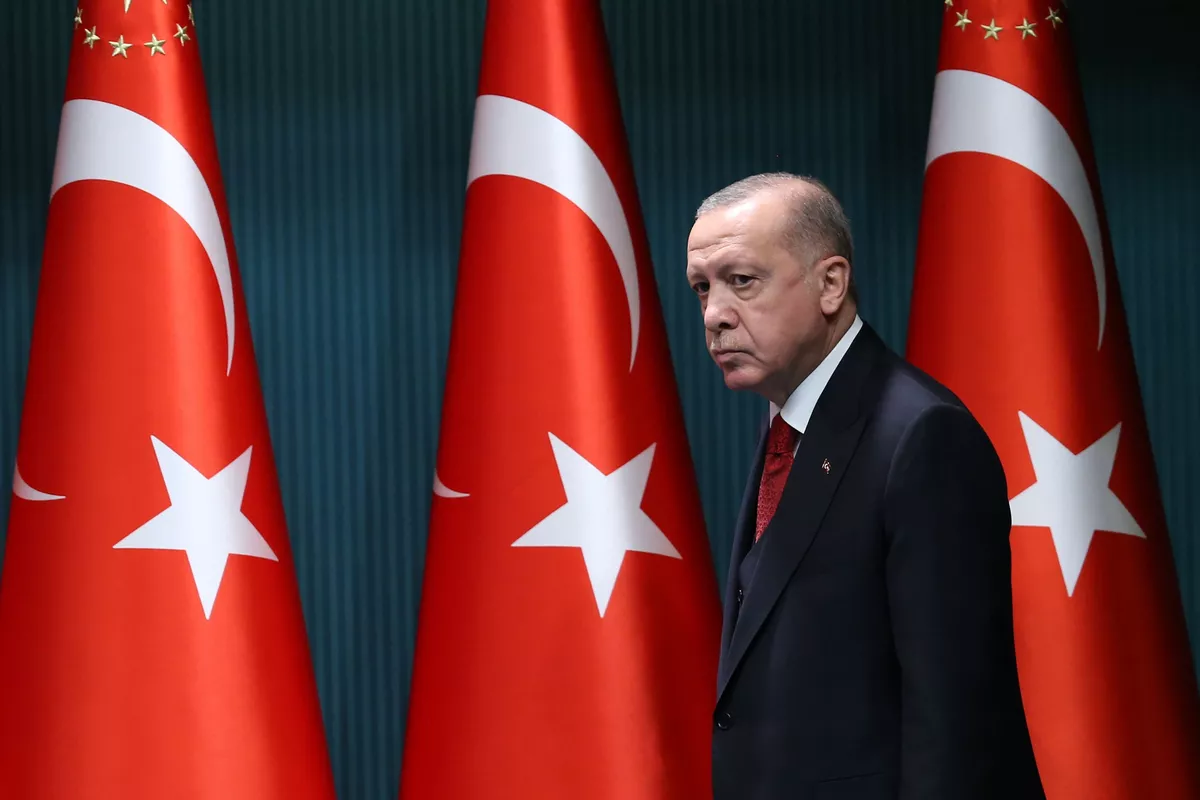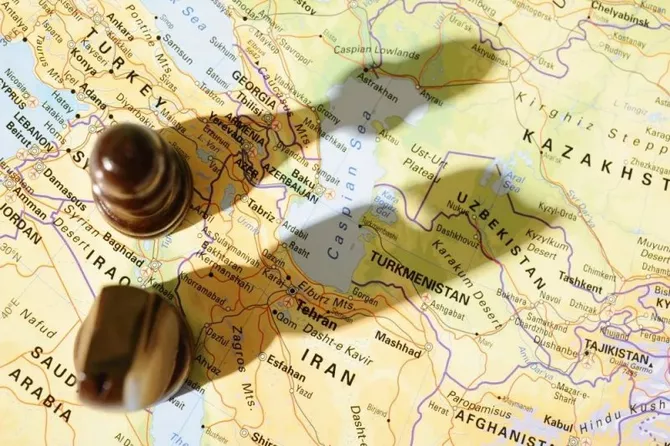
Turkish President Recep Tayyip Erdogan/ Photo credit: Adem Altan/AFP/Getty images
As reported by international media, during his speech at the 51st session of the Council of Foreign Ministers of the Organization of Islamic Cooperation (OIC) in Istanbul, President of Türkiye Recep Tayyip Erdogan emphasized that Ankara would not allow "the establishment of a new Sykes-Picot order in our region, with borders drawn in blood."
To fully understand the context, it's worth briefly revisiting the early 20th century. The secret 1916 agreement Erdogan referred to was concluded between the governments of Great Britain, France, the Russian Empire, and later Italy. It outlined the division of spheres of influence in the Middle East after World War I and became known as the Sykes-Picot Agreement-named after British and French diplomats Mark Sykes and François Georges-Picot.

Photo credit: foreignanalysis.com
Before that, in 1915, the so-called McMahon-Hussein Correspondence took place between the British High Commissioner in Egypt, Sir Henry McMahon, and the Emir of Mecca, Hussein bin Ali. Under this arrangement, Great Britain promised to recognize the independence of a future Arab state under Hussein’s leadership in exchange for launching an Arab revolt against the Ottoman Empire.
According to the Sykes-Picot Agreement (May 1916), which envisioned the partitioning of Ottoman territories, Great Britain was allocated control over what is now Israel and Palestine, Jordan, and southern Iraq. France was assigned southeastern parts of modern-day Türkiye, Syria, and Lebanon. Russia was promised territories around Lake Van, in addition to Istanbul and the Black Sea straits, as stipulated in the 1915 Anglo-Franco-Russian accord. Italy joined the agreement in 1917 and was promised southern Anatolia. Palestine-then smaller than the later Mandate Palestine-was to be placed under international administration.
Notably, the entire French-controlled zone-parts of Syria, Lebanon, and areas reaching as far as Mosul-was seen in London as a wedge separating British-controlled lands from the territories designated for Russia.
Unaware of the secret agreements that had already divided the prospective “unified Arab state,” Hussein launched an anti-Ottoman revolt in November 1916 and proclaimed himself King of the Arabs. However, France refused to recognize his claim, and Britain avoided formal acknowledgment. In 1918, the British government merely sent Hussein a message expressing Allied support for the "Arab race’s opportunity to reestablish itself as a nation" while clearly rejecting the idea of one people dominating another.
At the 1919 Paris Peace Conference, the delegation of the newly formed Arab government based in Damascus, headed by Emir Faisal (Hussein’s son), was recognized only as representing the Hejaz. During the 1920 San Remo Conference, Britain-whose troops had already occupied Mosul in 1918-secured the mandate for all of Iraq, while France received the mandate for Syria and a 25% share of future oil production. Britain even considered annexing Syria to Iraq, but at that point, control over Mosul remained its top priority.
The Anglo-Iraqi Treaty signed in October 1922 granted Iraq nominal independence under King Faisal (appointed in 1921), but in practice, it remained under British control.

It is likely that a geopolitical trade-off took shape during the Lausanne Conference of 1922-1923. By giving silent approval to France's occupation of Germany's Ruhr region, Britain may have cleared the way for acquiring Syria-on top of Mosul-in exchange for its noninterference in the Ruhr crisis.
Thus, more than a century ago, the Middle East was already a theater of rivalry among major powers. Today, the same regions remain hotspots of geopolitical confrontation. The renewed interest of external actors in reshaping the region-often by exploiting local movements-is quite clear. This is particularly true in the context of certain Kurdish separatist groups, which have recently become active again, at least rhetorically. While they currently appear focused on a weakened Iran, it is well understood that their ultimate objective-and that of the powers backing them-lies elsewhere.
This is especially evident in light of the widely discussed 2006 article published in Armed Forces Journal (a publication associated with the U.S. military) by retired U.S. Army Lieutenant Colonel Ralph Peters. Titled Blood Borders, the article featured a proposed map of a redesigned “New Middle East,” which included the creation of a “Free Kurdistan.” This hypothetical state would encompass some 20 provinces of Türkiye-from Diyarbakir to Tabriz-alongside parts of northern Iraq (including oil-rich Kirkuk) and northern Syria.
It is in this context that Erdogan’s recent remarks take on deeper meaning. His statement was not just a historical reference-it was a direct political signal. Türkiye is closely monitoring all attempts to redraw regional borders under the guise of modern narratives such as minority rights, humanitarian intervention, or democratic transition. Ankara has made it unequivocally clear: it will not tolerate a new “Sykes-Picot” model-even if wrapped in 21st-century rhetoric.
Share on social media